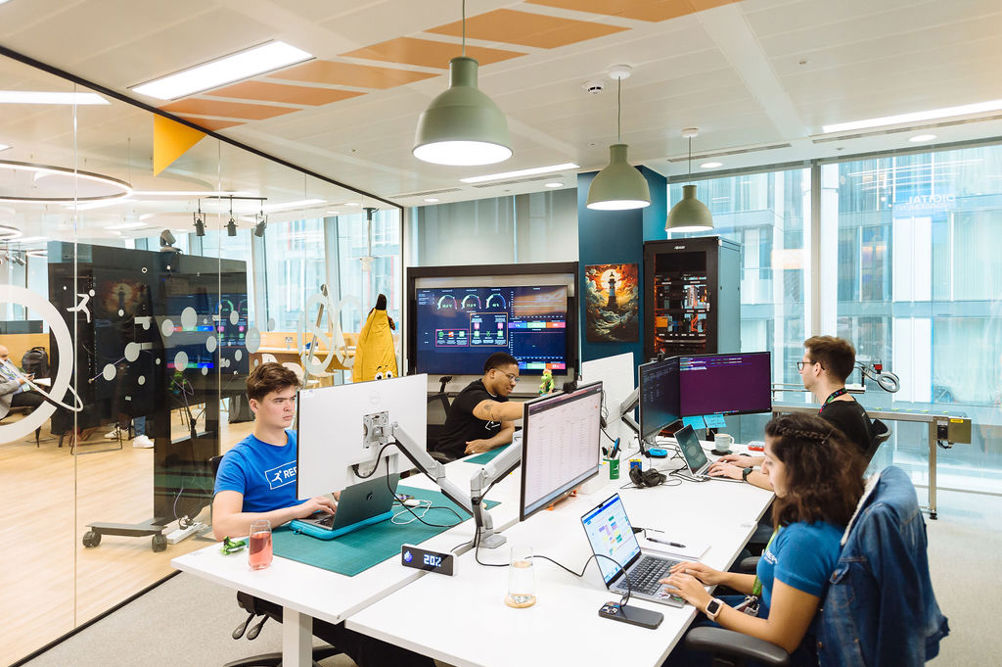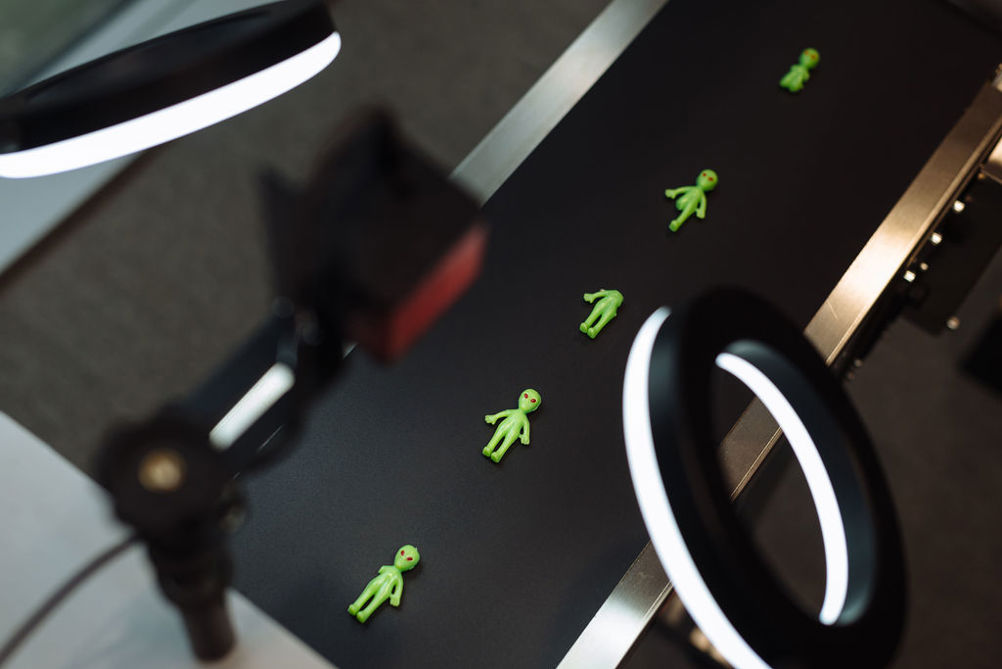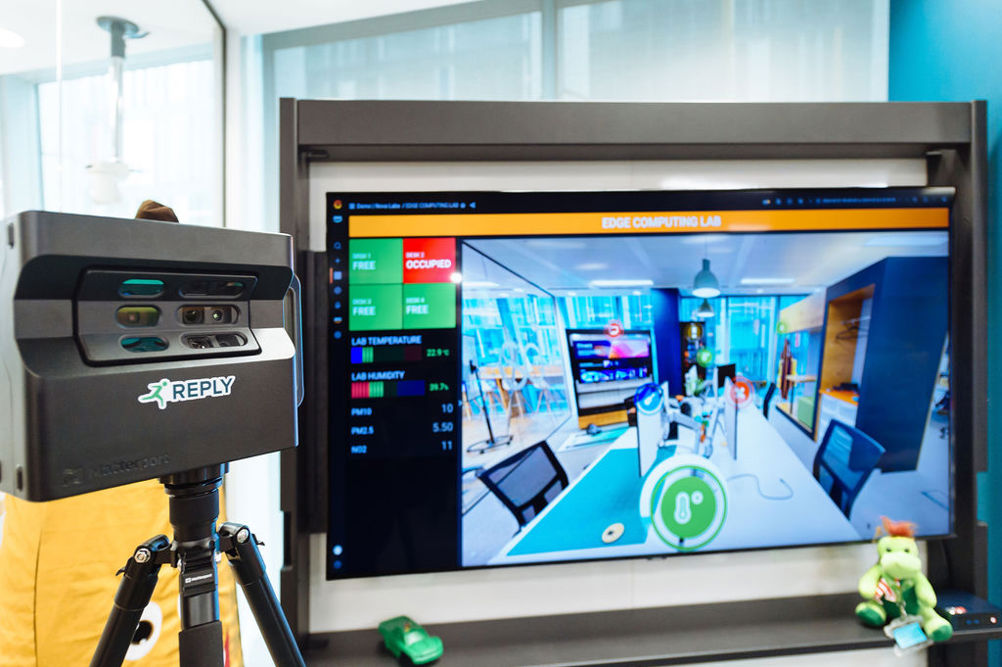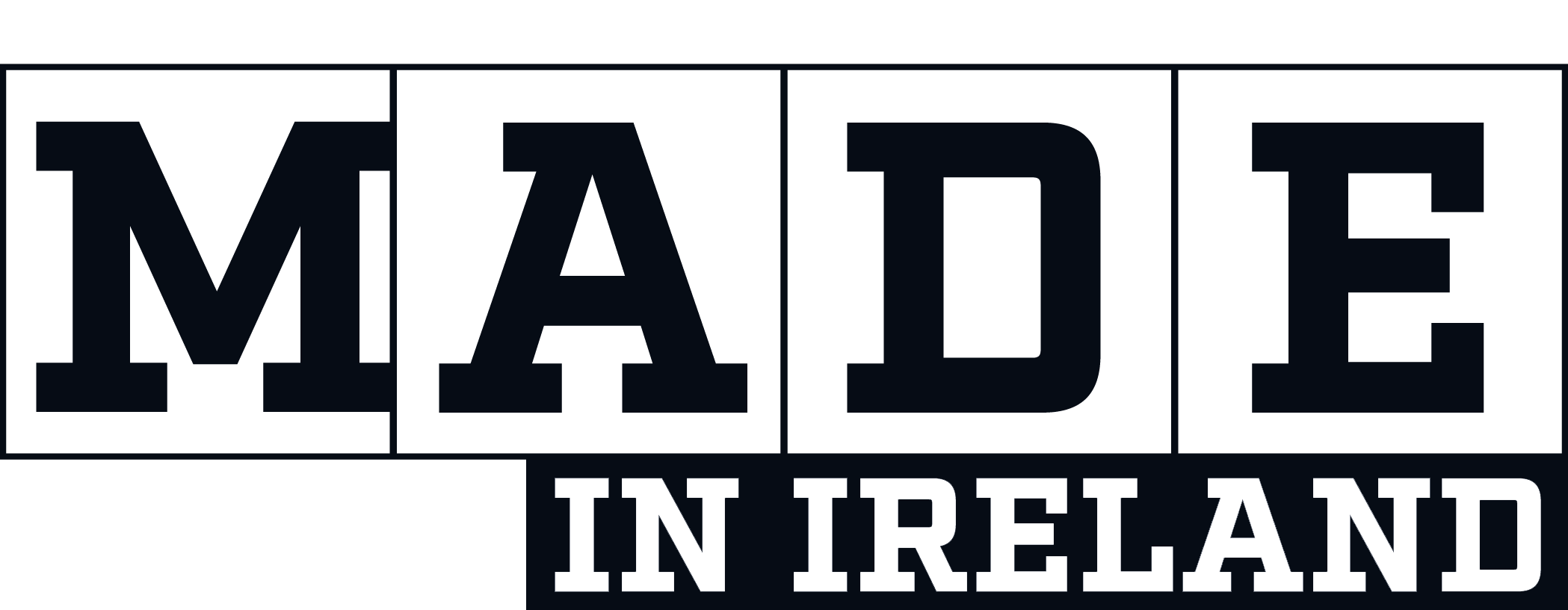In an industry so focused on pushing the speed and efficiency of production, manufacturers are constantly looking to the latest and best technology to do so.
Particularly with the rise of artificial intelligence (AI) and automation, the industrial machines that make up manufacturing lines across all sectors are getting smarter: robotic pallet pickers powered by AI software, for example, are reducing labour intensive tasks for employees, while machine monitoring software can provide invaluable maintenance data and reduce failures and shutdowns across the board.
Many manufacturers, despite an innate desire to improve their day-to-day practice, are put-off by the risk of investing in new technology that may not even work for them. For many, the idea of pausing the production line just to test a new solution is a huge barrier to investment, with the immediate effect on cost and time often prioritised over the potential for long-term benefit.
Storm Reply, a Cloud-based solution and service provider, believes it can offer businesses a solution to this, in the form of its new Edge Computing Lab based in central London.
“We set up Strom Reply in 2020, as part of a big tech company called the Reply Group, which is a group of smaller companies who each focus on one thing – and our focus is Internet of Things (IoT) using Amazon Web Services (AWS) technology,” Rachel Grunwerg, Storm Reply partner, told Machinery.
“Before we had the lab, we were struggling with even convincing manufacturers to try a more basic solution – like sensor technology to measure the energy efficiency of their production lines – because they didn’t want to halt their lines, because downtime is downtime.
“So, when we got the opportunity to have this lab space, we were adamant that we needed to be able to trial technology here, to be able to show that a solution is up and running for the client before we then implement it on the line for them. We’re removing that issue of having to stop the lines, because we’re building the solution in its entirety here, testing it off-site and removing a lot of the potential issues before we actually implement it for the manufacturer.”
Tucked away in a shared office space in Victoria, London, the Edge Computing Lab boasts an array of the company’s hardware and software solutions. The space has multiple sensors testing things like temperature, humidity, and how many people are in the vicinity, which all feed constant data into the lab’s own edge computing unit.

Only growing in capability, edge computing is a computing paradigm which refers to a range of devices and networks at or near the user. Rather than in a remote data centre, edge is about processing data close to where it is being generated, ultimately enabling processing at greater speeds and volumes, reducing latency and bandwidth consumption, and allowing for greater results in real time.
The lab has a miniature replica of a production line, with industrial-grade sensors fitted along it to measure the distance between objects on the line and the profile of the said objects, as well as sensors that measure temperature, humidity and vibration.
As would occur in a full-scale, real-life factory, all of this data is gathered by the edge computing unit, which is processed in the cloud and displayed on a dashboard in real time.
CUTTING-EDGE TECHNOLOGY
The team has also assembled a small-scale conveyor belt at the lab, which demonstrates a computer vision model – developed by Storm Reply in partnership with AWS – that can be run on the edge, and that detects any product anomalies on the line.
Connected to a camera, the vision AI model is constantly scanning and checking each product that moves along the conveyor line – in the lab’s case, the model is checking the quality of miniature alien figurines, but in the real world, this could be manufactured PCBs or car parts.
Crucially, if an anomaly is found, then an alert is sounded right away, with the software providing a confidence rating of how sure it is alongside this. Storm Reply said that the technology can be trained to focus on frequently faulty individual parts, eventually becoming accustomed to the standard of specific products.
“Previously, manufacturers had to accept that they didn’t know how efficient their line was, or work on a gut-feeling that they’re at capacity. Data eliminates that guesswork,” Storm Reply partner, Matt Mould, explained.
“Our work allows manufacturers to qualify before they take their first steps in their digital decision. The testing allows them to qualify usability, qualify the technology, and also prepare themselves for the objection handling that is in place for a reason, for governance, for audit, for control and security.

“From the results of our lab, businesses can say, this is how we secure the data, this is how we collect the data, this is how we make sure its not impacting the line. They can prepare themselves for the digitalisation change. Most people want to adopt a digital industrial strategy, but it does take a big shift.”
Storm Reply offers solutions largely focused on operational efficiency, ranging from asset monitoring and predictive (AMP) – which, as mentioned, can detect equipment damage earlier and reduce overall downtime and unnecessary manual quality-checks – and overall factory monitoring.
The partners said that while a lot of manufacturers do have some automated systems like these, providing data from across multiple factories, this is often scattered and decentralised.
“A lot of clients that come to us say, ‘we want to be smart or digital,’ but when we look at what they have done already, they’ve really struggled. We offer them the chance to test it out, ask us the business case questions like ‘how much is that going to cost?’ A lot of that first phase, the proof of concept, is just about trying things out, testing the impact,” Rachel said.
“Further, most of our clients want a digital solution rolled-out across multiple sites. We spend the majority of our efforts building that first solution, making sure it works for them, and then, in theory, it can be implemented in individual sites in a day or two. It can immediately be very scalable.”
With this, the company has created a Global View platform, where its clients can see a map of all of their factories worldwide. If there is an issue or fault detected at one site, this will flash red and the operator, from wherever they are in the world, can drill down on that dot to detect the specific issue.
“Operational efficiency is what a lot of people are looking for – visualisation, intelligence, data on. We can help people to consolidate the huge amount of different vendors, hardware and software into one cloud provider with all the features they need,” added Matt.
“You have a lot of big names – Siemens, Honeywell, Rockwell – who all have great offerings and different capabilities. If I was to oversimply it, I’d say you can collapse a lot of that technology down into one cloud vendor.
“Let’s say you have a line that is producing 100 units a minute, you wouldn’t just send all of that data to the cloud, sifting through unnecessary data. A lot of the edge technology is inferring, calculating and transforming the data into meaningful reports – most people want a VIP or BI report sent to them daily, weekly, monthly, with all of the information at their fingertips.”

A prime use-case for Storm Reply’s digital offering is Kingspan, a building materials company based in Ireland, who deployed the AWS consulting partner’s AMP solution across its Insulated Panels Division, to digitise its production lines.
The company rolled out a digital strategy for its statistical process control, monitoring the collection of that data and then preparing for audit processes. According to Storm Reply, the edge solution was able to transform Kingspan’s data collection, from taking up to three weeks when the data was complied manually across one site, to just three minutes when using the edge platform.
“At Kingspan, we have also provided them with an energy cost dashboard, so they can see exactly how much it’s costing to run the production line at any one time, and, in turn, help them to reduce it,” Rachel said. “The company has gone one step further, by actually implementing its own wind turbine and solar panels for usage on its own sites. We’ve been able to connect up the turbine and solar panels, so we can see how much energy is being produced and how much it is offsetting production.”
Despite the technology being developed and implemented in partnership with Storm Reply, Rachel and Matt emphasised that the data collected is fully owned and controlled by the companies themselves.
“Manufacturers are understandably wary of being locked into tech solutions, or projects which can take years,” Matt added. “With our AWS-backed solution for IoT, the company owns the data, the platform, the account and the access. And, further, if they were to build a digital product on top of and around this data, then they would own the foreground intellectual property (IP). We’re just as happy working on a week-long project as a multi-year one, which a lot of global consultancies wouldn’t even consider.”
Beyond its digital solutions, Storm Reply has also begun to offer digital twin products for companies, ranging from the replication of single machines to full-scale scans of entire factories, created using large-scale LiDAR camera technology.
Though currently trialling the technology, which falls within the AWS IoT suite, Storm Reply said that these full-scale digital twins could be used for things like employee training – a digital twin of a complex line, tagged down to a machine’s bolt or fuse, for example, used as a virtual space to train new operators or automation engineers safely.
Already offering so much, it’s easy to forget that the company was founded only five years ago – but with no plans of slowing down, the team plans to “go bigger” in the next five: “In some ways, this lab is a trial in itself. Our head office in Italy has an entire floor dedicated to a lab, so we’d love to grow the space here and produce full-scale replicas,” concluded Rachel. “We’re already using it, but I think generative AI will be even more ingrained in our processes going forward, even in things we’re building manually today. I think that will be a big change.”
“It makes sense to build on this, invest in a larger R&D team, too,” added Matt. “It’s been much more effective specialising in a platform and one particular technology. We have a real affinity with what we’re doing here, so I hope that in years to come, we’re still known as the AWS folks that specialise in industrial IoT.”










